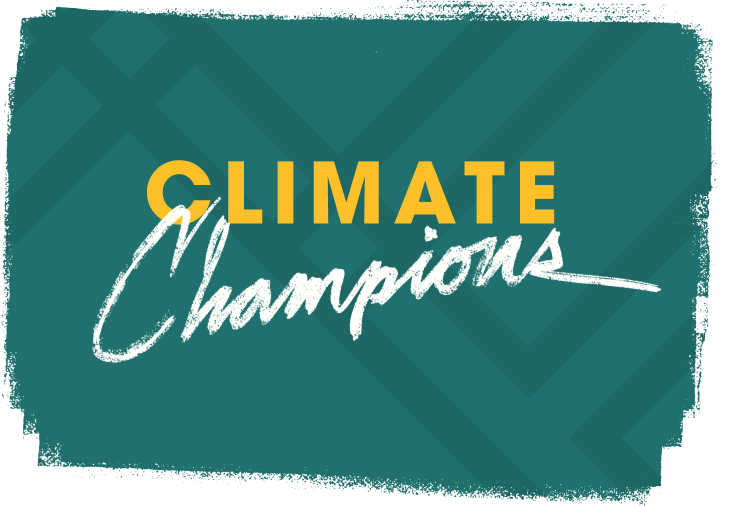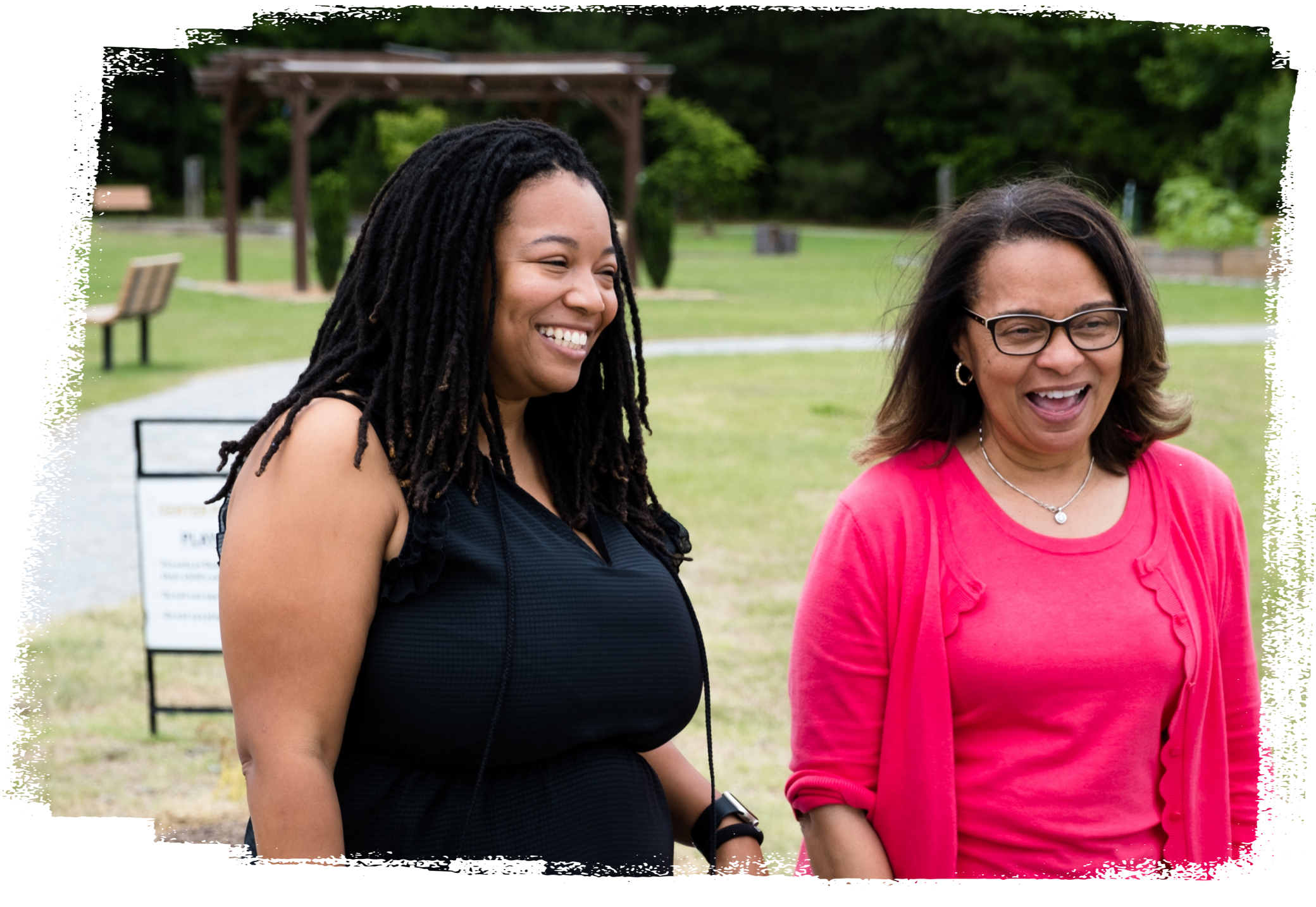How communities of color lead on climate solutions — and ways to support them
The Hewlett Foundation has, for well over a decade, supported organizations around the globe that advance ambitious solutions to the climate crisis. The individuals within these institutions are smart, dedicated, effective, and committed to ensuring more voices are part of advocating for policies and practices that lead to a sustainable, healthy, and prosperous future for all. This feature article — focused on leaders advancing just and equitable climate solutions in the United States — is the first in a series highlighting grantees that are moving the needle on one of the most pressing issues of our lifetime.
Bridgette Murray used to be a registered nurse. She worked where she lives — in Houston. As a nurse, she’d seen firsthand the ways her community’s environment was affecting their health. “Living in a community surrounded by freeways and other industries, I became quite curious about our environmental impacts, potential toxic exposures,” she says.
In 2012, while still working, the now 68-year-old founded Houston-based Achieving Community Tasks Successfully (ACTS), a volunteer-run organization that conducts citizen science and advocates for safe air quality. Upon retirement from nursing, Murray continued acting as executive director. The organization recently completed a disaster health recovery survey to understand COVID-19’s impacts in its community and has been installing air monitors throughout predominantly Black neighborhoods near polluting facilities since 2019. Despite operating on an annual budget of only about $120,000, the group has already installed eight monitors.
Running this community organization is a full-time job for Murray, but she’s not paid a market-rate salary. No one on her team of four is. They serve because they care about local health outcomes. They stretch their budget, including what they receive from philanthropy, to ensure they can maximize what they give back to the community.
Mi Familia Vota Education Fund, which organizes to improve voting rights for Latino and immigrant communities, is one coalition member group that could significantly grow its impact with more funding. Angelica Razo has been with the organization since 2017. Then a recent college graduate, she is now the Texas state director. In this role, Razo localizes national climate policy so people understand the real-life impacts of issues that often feel removed from their everyday lives. She also supports communities in engaging with state-level policy.
In 2021, when the power grid failed as temperatures dropped, Razo spread the message of community power and sounded the alarm on climate change. She continually highlighted that being low-income or a person of color shouldn’t subject people to unequal suffering. “We’ve done a lot of work to try to make sure our community members know that’s not normal, and you can demand more,” Razo says.
Bakeyah Nelson also played a significant role in helping strengthen and grow CEER’s impact. She dedicated four and a half years to protecting public health as executive director of Air Alliance Houston, a nonprofit tackling poor air quality. “I had no idea that people and children were living directly next door to huge polluting facilities,” Nelson says. “I had never seen anything like it.”
Under her leadership, Air Alliance Houston took the challenge head-on, rallying against highway expansions and fighting for industry regulations. She built a powerful foundation to ensure the nonprofit could continue its critical work long after she left. That doesn’t happen overnight. As Air Alliance’s leader, Nelson was also devoted to finding funding. Now, Nelson is on the Hive Fund’s advisory board, and serves as a consultant to foundations, where she continues to apply her experiences to steer resources to smaller, community-run groups that approach climate change systemically.
“I recognize the power in being able to lead an organization, but I also see similarly that there is an opportunity to make a difference on the philanthropic side,” Nelson says.
The opportunity for climate funders
Erin Rogers, co-director of the Hive Fund and a former Hewlett program officer, says that funding technical policy solutions for, say, more solar panels is necessary, but “it’s definitely not sufficient to get at the change we need, at the speed and scale required, to avert the very worst disaster.”
The Hewlett Foundation’s Environment Program has been increasing its giving to groups led by Black, Indigenous, and people of color, and supporting efforts that help the environmental field, broadly, overcome its historic pattern of underinvestment. According to the foundation’s most recent grantee demographic portrait, the program directed 23% of its grants to organizations led by people of color. It has provided nearly $28 million in support for the Hive Fund and Climate and Clean Energy Equity Fund. And in its most recently released funding strategy, which is focused on how the transportation sector can address climate change, it is ensuring inclusion of environmental justice groups in strategy development and funding.
“Organizations fighting for clean air and water and expanded economic opportunities for people and communities most impacted by climate change are essential partners,” says Carrie Doyle, senior fellow for Hewlett’s Environment Program. “We need new leaders at the forefront of this movement. We need to resource a broader solution set. Winning on climate requires a more inclusive coalition.”
Yessenia Funes is an environmental journalist currently serving as the climate director for Atmos, an independent nonprofit magazine covering the intersection of climate and culture.




